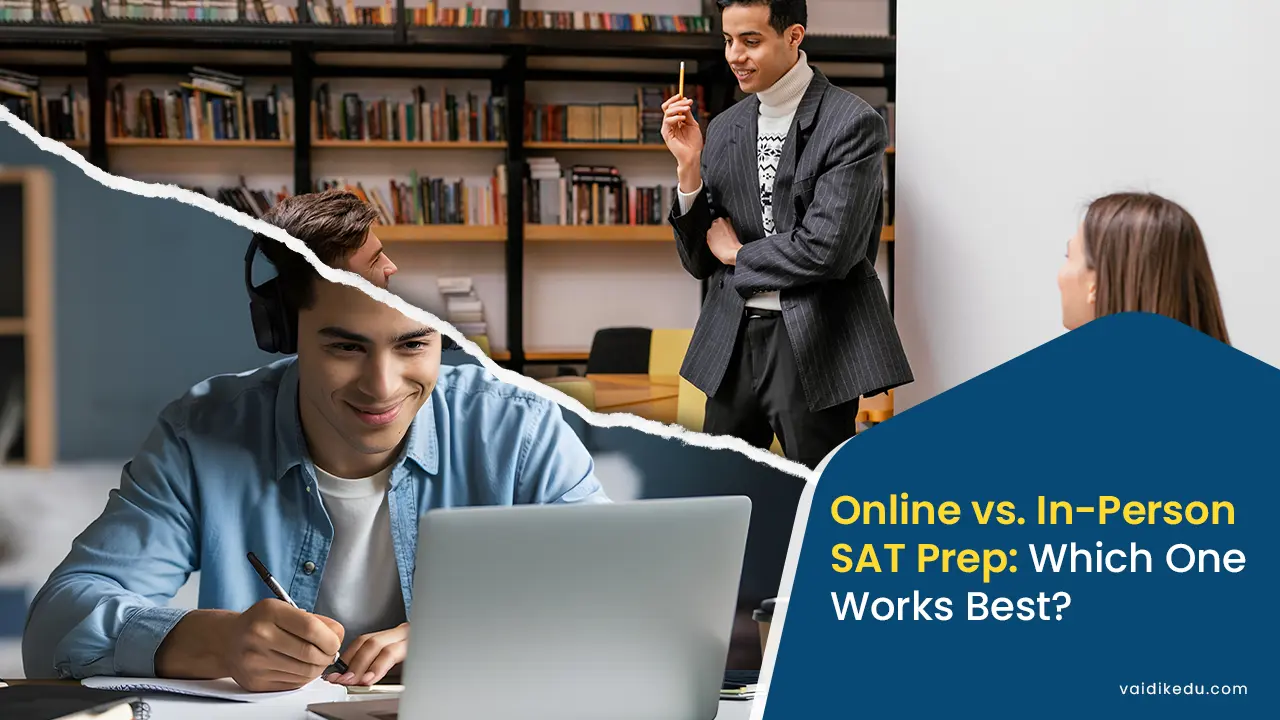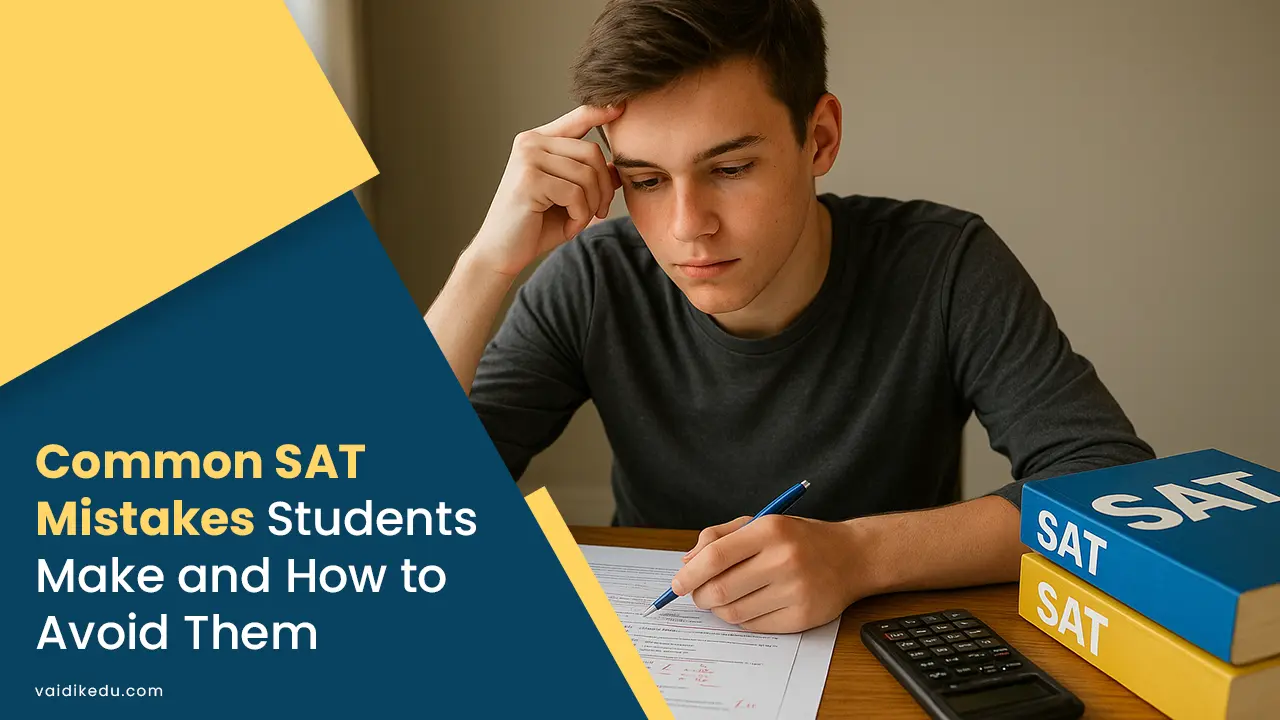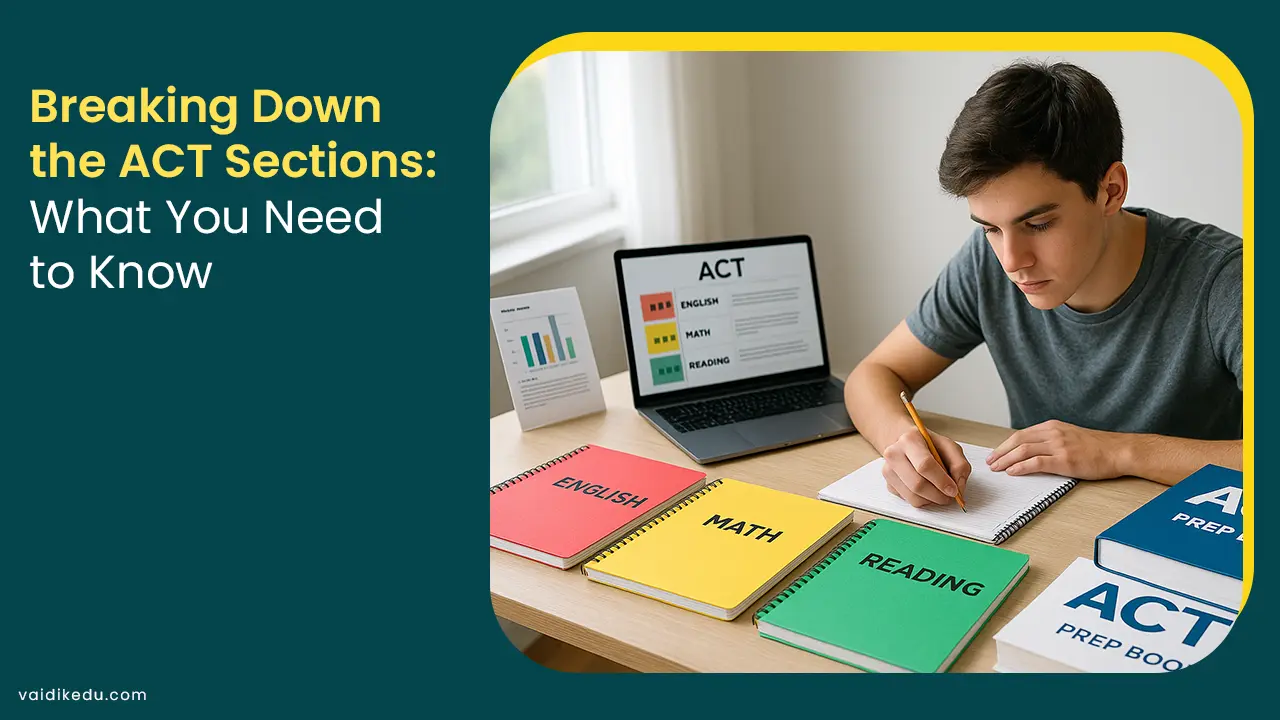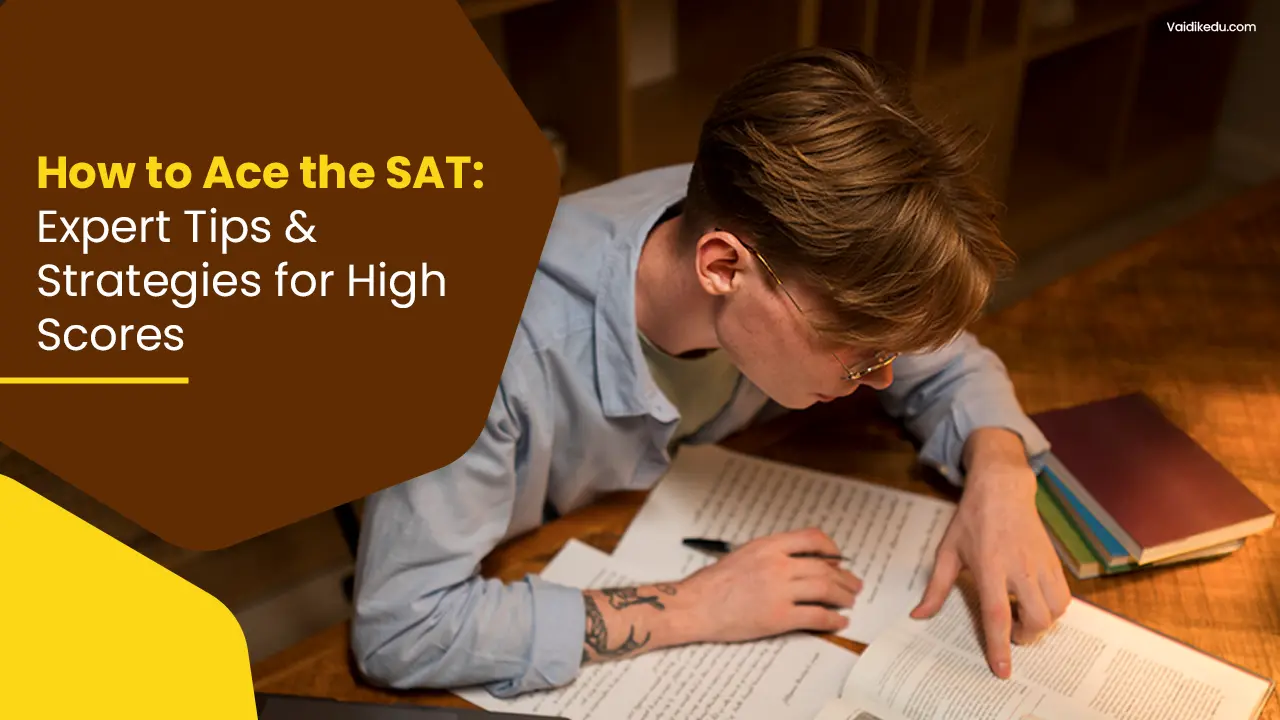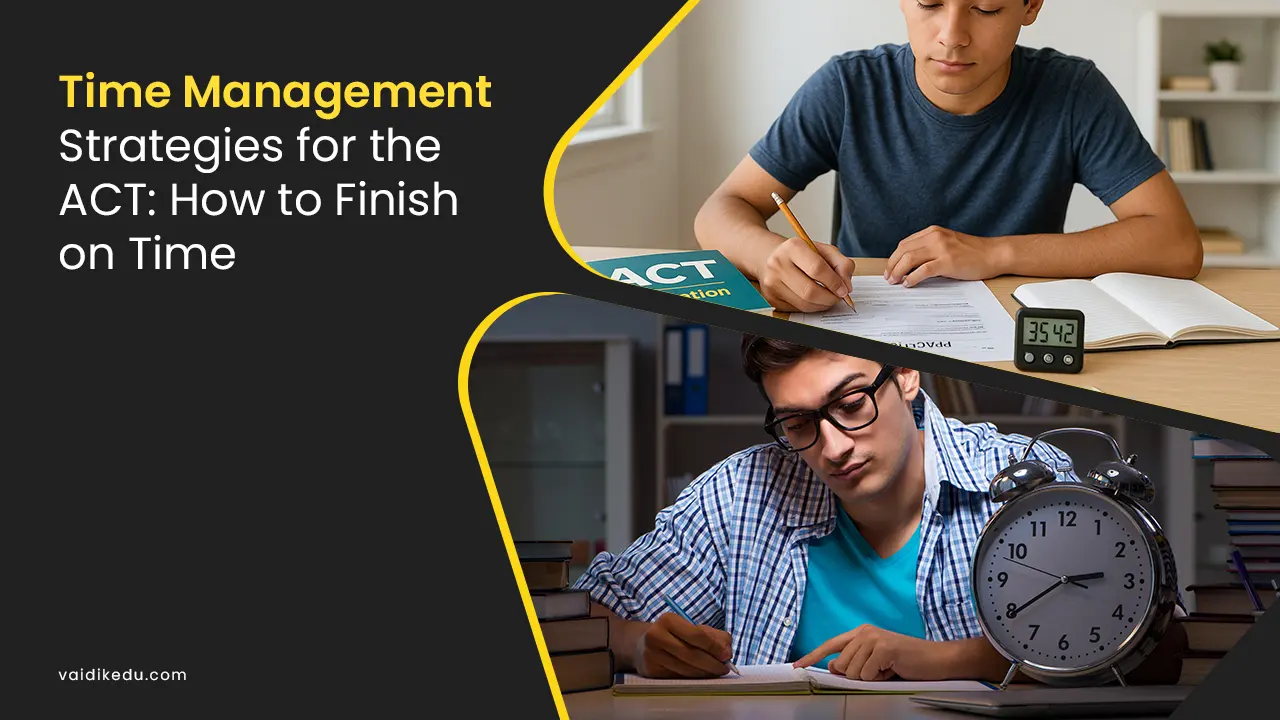The evolution of blended education and the fusion of personalised and online education was the evolution of how we went about learning and learning. It provides beacons, personal educational experiences and experiences for students, but also a unique invitation to the trainers.
Individuals and online tutors work unhindered to create a directory of directory materials, explain and use technology effectively and efficiently in this blog.
Understand Your Audience And Their Needs
The first step in designing any instructional material is to understand student needs. A blended learning environment caters to students with different learning preferences and technology skills.
Some students thrive in a virtual classroom setting, while others perform better in online settings. Considering these differences will help you create a more inclusive learning experience.
Survey Teachers: Start by surveying your students about their learning preferences, challenges, and technology availability. This can guide content and help ensure their needs are met.
Consider learning styles: Some students can learn best with visuals, while others prefer reading or communication tasks. Uses a variety of content (Video, articles, infographics, quizzes)) to support learning styles and preferences.
Balance Synchronous And Asynchronous Learning
A hybrid model usually consists of both synchronous (live, actual-time) and asynchronous (self-paced) mastering activities. Striking for the right stability is critical to making sure that all students, whether or not getting to know online or in man or woman, live engaged and examine efficiently.
Synchronous Learning: Use live lessons for sports that gain from real-time interplay, along with discussions, problem-fixing, and organization work. Online newcomers can be part of thru video conferencing gear like Zoom or Google Meet.
Asynchronous Learning: Provide prerecorded lectures, readings, assignments, and quizzes that students can whole at their personal pace. These materials have to be accessible and organized to ensure smooth navigation.
Leverage Technology For Engagement
Technology is a cornerstone of hybrid learning, but it’s essential to use it purposefully. The proper gear can enhance pupil engagement and foster interaction, whether your students are attending classes in person or remotely.
Learning Management Systems (LMS): Platforms like Canvas, Moodle, or Blackboard provide a principal hub for direction substances, assignments, grades, and discussions. These structures ensure that every student, no matter their learning modality, have got admission to the identical assets.
Interactive Tools: Incorporate gear like quizzes, polls, dialogue forums, and video-based assignments. These tools inspire pupil participation and allow for active learning.
Collaboration Tools: Utilize tools like Google Docs, Miro, or Padlet for group projects and brainstorming classes. This equipment facilitates collaboration among in-person and online freshmen, fostering a feeling of network and teamwork.
Create Clear, Structured Content
In a hybrid getting-to-know surroundings, college students want clear, established content to navigate both the net and in-person components. Whether they’re participating remotely or attending in men or women, they should be capable of observing the course cloth without confusion.
Consistent Format: Organize content into easily digestible sections. Use headings, bullet factors, and timestamps in video content to help students fast locate statistics.
Clear Instructions: Provide distinct commands for assignments, dialogue subjects, and institution sports. Ensure that scholars understand what’s anticipated of them, whether they are attending individually or online.
Multimedia: Offer content material in a whole lot of formats textual content, video, audio, and infographics to house one-of-a-kind studying preferences and improve engagement.
Clear Organisation and instructions assist students to stay on course and feel assured in their getting to know.
Foster Active Learning
Active gaining knowledge is critical in hybrid classrooms, particularly for online college students who might also feel disconnected or isolated. By designing interactive content material, you inspire deeper knowledge of and engagement in both environments.
Group Work and Discussions: Design activities that require collaboration, inclusive of group tasks or discussion boards. In-individual students can work in groups even as online college students may be assigned to virtual breakout rooms.
Case Studies and Problem-Solving: Engage students in actual international troubles or case research. These sporting events permit newbies to apply principles, analyze statistics, and work through complicated troubles.
Gamification: Incorporate elements like quizzes, leaderboards, or badges to create an experience of success and encourage college students to stay engaged.
Active getting-to-know techniques foster collaboration and critical thinking at the same time as assisting college students connect with the fabric in meaningful ways.
Provide Continuous Feedback
In a hybrid studying version, comments are specifically important to hold students on the right track and to make sure that they’re attracted to the fabric effectively. Providing timely, optimistic feedback allows novices to be encouraged and improves their knowledge of the content material.
Formative Assessments: Use low-stakes assessments, like quizzes and polls, to gauge expertise at some point in the direction. This offers you the possibility to modify content and coaching methods as needed.
Peer Feedback: Encourage peer evaluation and comments on assignments and tasks. This fosters collaboration and lets students examine each other.
Regular Check-ins: Schedule ordinary one-on-one or institution take-a-look-ins to ensure that students are engaged and to deal with any problems or worries.
By offering normal feedback, you preserve student engagement and create possibilities for improvement.
Build A Sense of Community
One of the challenges of hybrid getting to know is ensuring that students’ experience is linked to their friends and instructors. It’s crucial to build a robust experience of community to keep college students encouraged and engaged, whether or not they are attending elegance in person or online.
Icebreakers And Introductions: Start the route with sports that permit college students to get to Recognise every difference. In digital settings, use video introductions, dialogue boards, or informal online meetups.
Instructor Presence: Make positive which you are actively worried about in each the net and in-man or woman additives of the route. Regular communique, participation in discussions, and customized feedback make college students feel extra linked.
Peer Interaction: Use collaborative equipment like organization assignments, forums, and peer feedback to encourage interplay and foster an experience of belonging.
Creating a feel of the network ensures that all students, irrespective of place, feel supported and engaged.
Continuously Evaluate And Improve
Finally, creating academic content material for a hybrid and gaining knowledge of the model is an ongoing procedure. Regular evaluation enables you to become aware of regions for development and ensures that your content material remains relevant and effective.
Student Feedback: Collect feedback through surveys or route opinions to decide what’s operating and in which changes are wanted.
Track Learning Outcomes: Analyze exams and participation information to peer if college students are accomplishing the desired consequences. This can manual content material modifications and teaching strategies.
Stay Current: As era and pleasant practices evolve, make certain your content and gear live up to date. Experiment with new technologies, instructional techniques, and engagement strategies.
Ongoing assessment allows refinement of your approach and guarantees the ongoing fulfillment of your hybrid getting-to-know version.
Conclusion
Designing educational content for hybrid gaining knowledge of fashions presents specific challenges, but it additionally gives thrilling opportunities to interact with students in new ways.
By knowing your audience, balancing synchronous and asynchronous getting-to-know, leveraging generation, and fostering community, you may create a getting-to-know experience that is flexible, inclusive, and powerful for all students.
Hybrid mastering is right here to stay, and with considerate planning and continuous improvement, you can make sure that your academic content material stays enticing and impactful, no matter where college students are gaining knowledge.
Frequently Asked Questions
Hybrid learning combines in-person and online learning experiences. Instructional content must be designed to engage both on-site and remote learners equally, ensuring flexibility, accessibility, and consistent learning outcomes.
You can use interactive elements like quizzes, multimedia resources, collaborative tools (discussion boards, group projects), and adaptive learning technologies. This ensures participation from students regardless of their mode of attendance.
Common challenges include maintaining learner engagement, ensuring equal participation, addressing technology gaps, and balancing synchronous (real-time) and asynchronous (self-paced) learning activities.
Assessments should include a mix of online quizzes, group assignments, projects, and discussion-based evaluations. Clear rubrics and flexible submission methods help ensure fairness for both online and in-person learners.




